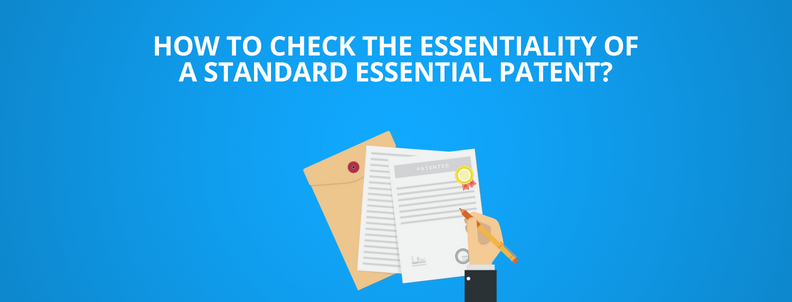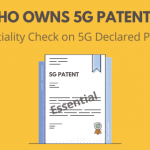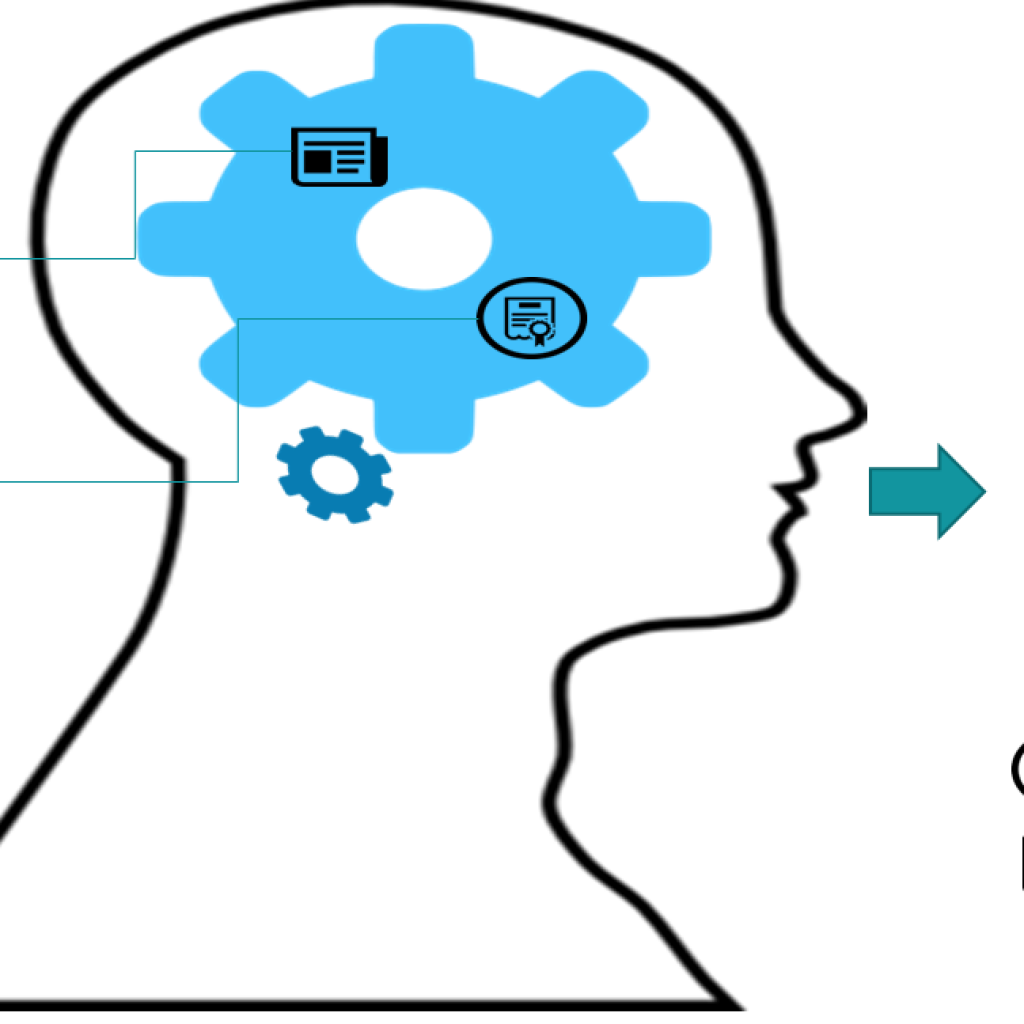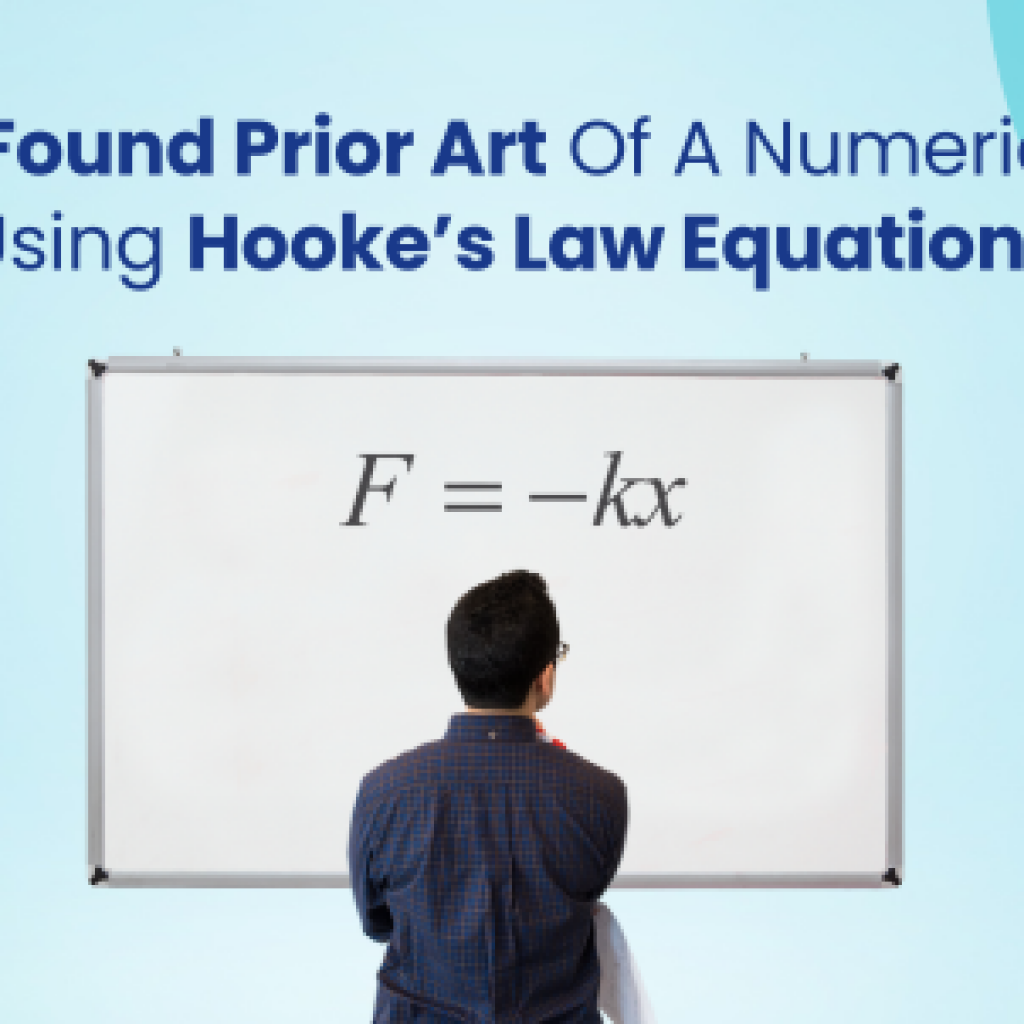Did you know that licensees pay huge licensing fees for Standard Essential Patents (SEP)? Unfortunately, not all those patents qualify for the criteria of being a SEP. Hence, in many licensing deals, a licensee can end up paying millions for false SEPs. How does that happen and how can it be avoided? The answer to the latter is by checking the essentiality of a standard-essential patent.
Let’s answer the first question now.
The telecommunication standard-setting bodies – ETSI, ARIB, CCSA – give assignees the option to declare their patents essential. The declaration databases of the concerned body, ETSI here, give comprehensive details of a patent declared as essential.
The catch, however, is that the concerned standard-setting body is not liable to verify the claims of an assignee which pave ways for many non-SEPs to earn the status of a SEP. Microsoft, for instance, filed a complaint against Interdigital where it listed nine ways Interdigital had exploited Microsoft, among which one was tricking Microsoft by licensing non-SEP patents tied with its SEPs.
A study conducted by Cyber Creative Institute revealed that only 56% of the patents declared as SEP by ETSI is essential. The chart below depicts the ratio of actual standard-essential patents to the total number of patents declared as essential for LTE Standard (essentiality ratio) by prominent telecommunication companies. The data includes both patents as well as patent applications.
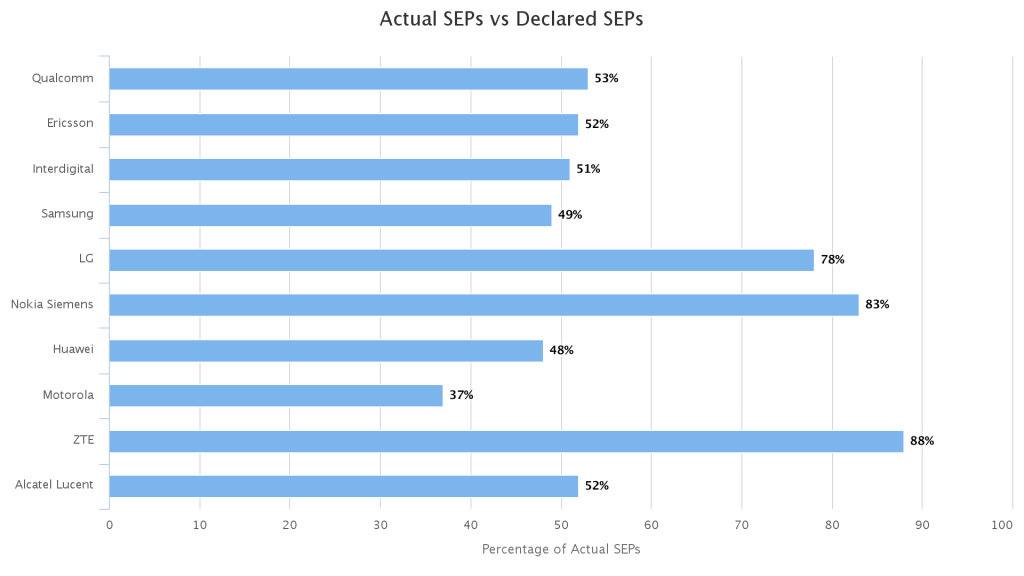
Since the Standard Setting Organizations (SSO) don’t decide the essentiality of patents, these disputes usually go to trial where a court decides whether a patent is essential or not. Further, in most cases, hundreds of patents are grouped together and a licensee doesn’t check the essentiality of each patent present in the portfolio. This leads them to pay a licensing fee way higher than the appropriate value of a portfolio.
What is the Solution?
You can negate such instances and can save yourself millions. How?
By checking the essentiality of patents declared as a SEP. How do you do that? I have explained the same with the help of an example below.
How to Find whether a Patent is SEP or not?
Let’s examine the patent US8045715B2 which is declared as a SEP under the 3GPP Standard TS 136 331.

The analysis revealed that the methods discussed in the patent are present in the 3GPP standard literature, making the patent essential to the standard.
For the same 3GPP Standard TS 136 321, I found a patent US7979768 which isn’t a standard-essential patent, however, declared as one. How I figured that out is as follows:

The analysis revealed that Step 3 as described in the patent is not discussed in the 3GPP standards, but still the patent was declared essential by its assignee.
In other words, one can check the essentiality of a standard essential patent by comparing its claims to those of the standard. If they match, you have a SEP else it ain’t one.
Conclusion
In various patent licensing deals, SEPs play an important role in deciding the value of a portfolio. Plus, the number of loyalty disputes in IP is increasing every day. Hence, it becomes imperative for a licensee to check the essentiality of patents in a portfolio before paying upfront.
Related Read: Three scenarios when your standard essential patents are not valuable
Authored by: Abhijeet Singh, Senior Research Analyst, Infringement Team

